We had a chance to drive, perhaps for the last time, the 3rd generation Honda Jazz over the New Year holiday. The car itself was quite familiar to us, but knowing that the nameplate was at the end of its lifecycle got us to appreciate the brand’s biggest strengths.
Keeping the Best Colours and Equipment for Last
In these final versions of the 3rd generation Honda Jazz, we have equipment like a reverse camera. The City SE on the other hand, adds a digital video recorder and a built-in toll reader. While both were relatively good looking cars to begin with, Honda knew that age would have caught up with them eventually. Which is why they saved this eye-catching Passion Red Pearl for last.
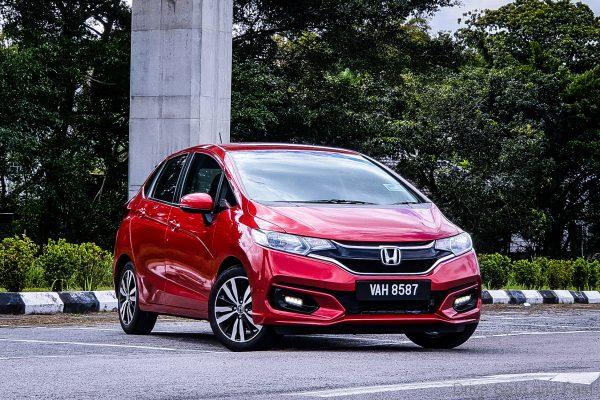
The colour alone got many people back home thinking it was a much newer product than it actually was, so it definitely did its job.
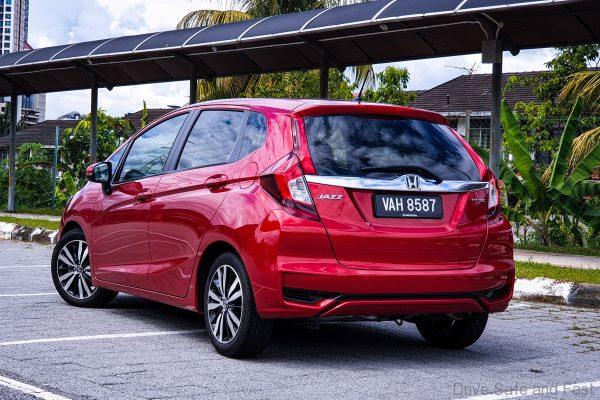
Having a Good Feel for Trends
It’s amazing to think most of what’s found in this cabin was introduced when the model first launched nearly 7 years ago.
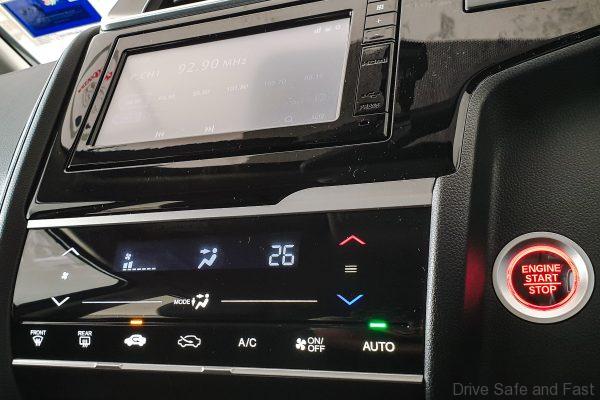
You get a capacitive climate control system, a touch-enabled infotainment unit, and an instrument cluster that changes its background colour to encourage efficient driving.
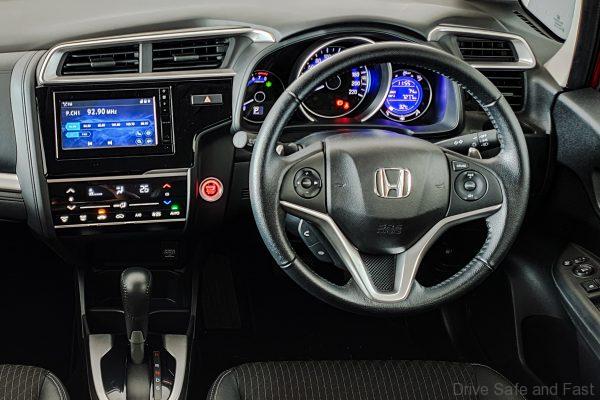
These were all introduced to the B-segment when its closest rivals from both Japan and Germany were still finding new corners to cut. Honda once again showed that they were on top of trends in the automotive industry and found a way to bring those trends to the masses without cutting corners. It’s a sign that the company’s engineers are real car enthusiasts who know what the market wants.

Taking Perceived Quality Seriously
It’s also worth noting that Honda took some pains to create a lot of some points in the cabin. Softer materials adorn the dashboard where they are visible and prone to come in contact with occupants. While they could have essentially cloned the interior of the Jazz for the City model. they instead gave both cars distinct cabins. The Jazz has distinctly moulded parts for the dashboard, centre storage compartment, door cards and more.
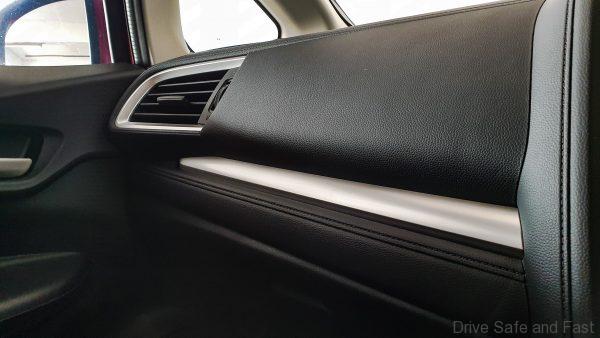
Engineering for Maximum Practicality
Many trends in the mass market were pioneered by Honda. They were one of the earliest companies to fully embrace front-wheel drive, front-engined setups on not just small vehicles but almost their entire lineup. In the Jazz, they went as far as to reposition the fuel tank to a more central position. This allows the rear seats to be configured in ways that owners might find useful. It also gives the interior class-leading spaciousness.


